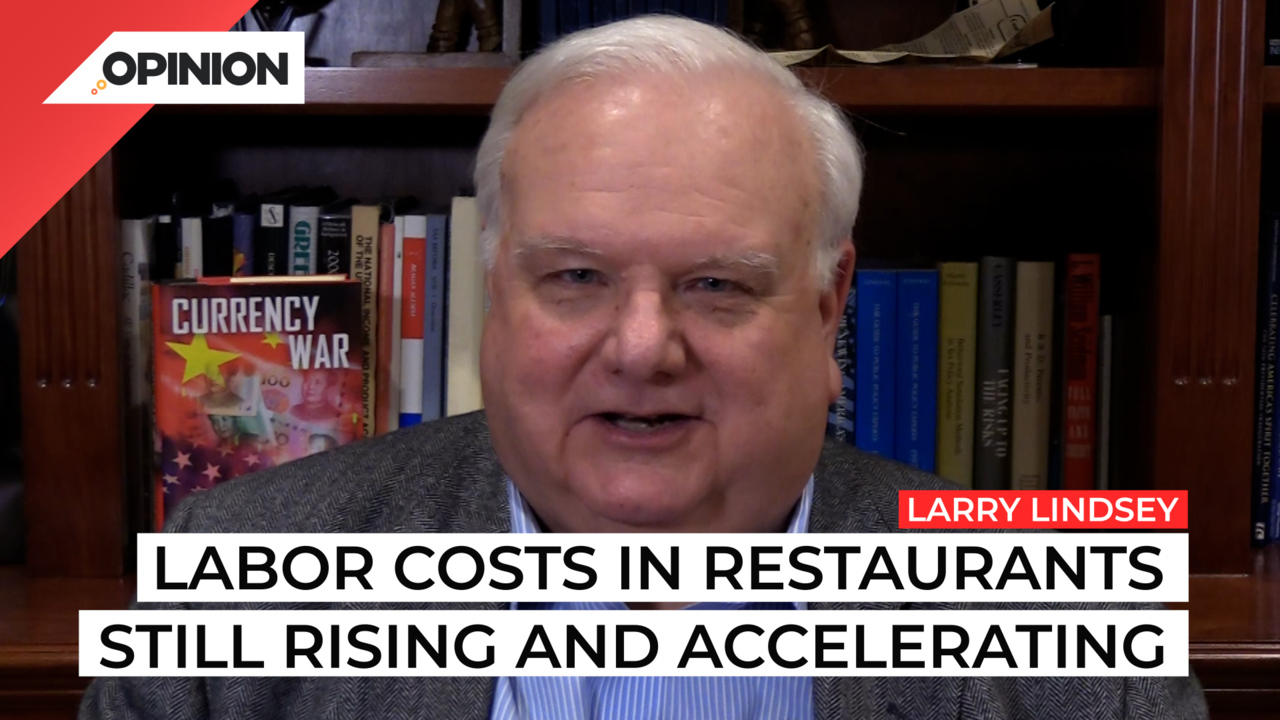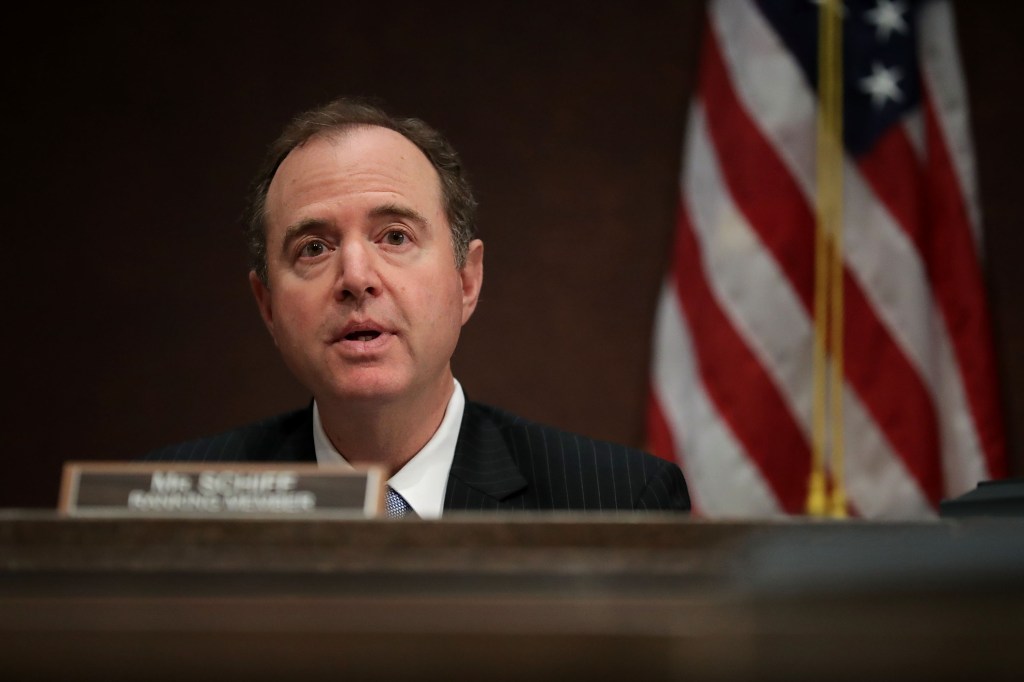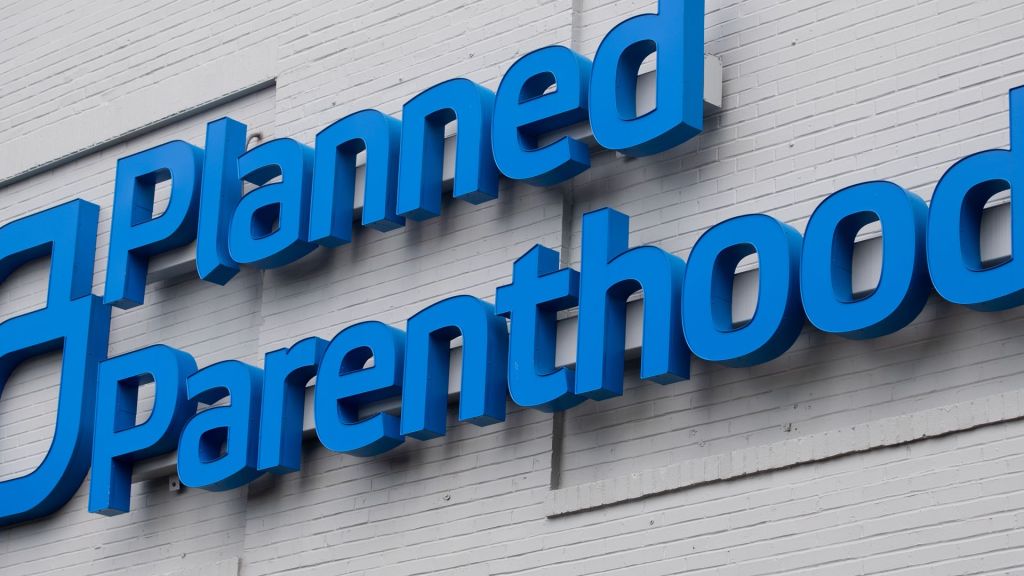
Commentary
-
Our commentary partners will help you reach your own conclusions on complex topics.
Lots of commentators told us last year and even early this year, that inflation is dead. It reminds me of an old joke. Nietzsche used to say God is dead. The responses, God said, well, Nietzsche is dead. The fact is, inflation is not dead. It’s coming down. But it’s coming down gradually. We recently got the report on the consumer price index. And if you just look at the numbers, it’s hard to detect a trend, here they are for the last seven months 0.4 0.6 0.8 0.5 0.5 0.6 0.5. If you can look at those numbers and come up with anything other than a trendless 0.5, which, by the way, is a little over 6% inflation at an annual rate, well, then good luck to you, you’ve got better eyesight than I do, you really have to squint. So there’s no trend. By the way, these are the service numbers, the core service numbers, and that’s what the Fed is looking at the most. Because services, unlike goods tend not to be so volatile. We know for example, that energy services were extremely volatile. And that caused a lot of the movement in the headline CPI. But although energy prices went up 29% In the first half of the year, they came down 26% in the second half of the year, and now it looks like they’re on the way up. So that’s why the Federal Reserve and I prefer to look at the services number. The other thing that happened was we had some transitory deflation in prices that had simply gone too high. One great example is used cars, cars were in short supply, it was so bad that used cars came to cost almost as much as new cars. Well, it now looks like used car prices are going to come down, who’s going to go up again. They the wholesale index comprised of cars that large used car dealers buy, and it’s published a series called The Mannheim series, have now turned around and are rising. Well, the other interesting things in the report, the one that caught my eye, was what’s happening to food. And the CPI looks at two different food numbers, food purchased at home, which fell from a 16% inflation rate at the first half of the year, to quote nearly a 7% inflation in the last half of the year. Now that’s food consumed at home. But food if you go out to a restaurant actually rose in inflation from 8% in the first half of the year to 8.4% of the second half. Well, if eating out costs more, but food inflation is going down. What’s the difference? The difference is services. And that means that labor costs for those in the restaurant industry and elsewhere, are still rising, and in fact, they’re accelerating. We also had the Producer Price Index come out. The headline number was seven tenths of percent, which was the highest since June. And the core lever level which excludes food and energy was point 6%, the highest since March. The long term trends are coming down. Our forecast for 2023 is 3.9% inflation. It’s down somewhat, but it’s nowhere near what the Fed wants, which is 2% inflation. So whether we like it or not the FOMC the Federal Reserve is going to have to keep tightening monetary policy. That means higher rates than we now expect. And it also means that they’re going to have to continue with their quantitative tightening.
-
Biden’s EV math just doesn’t add up
In March, the Biden administration issued a new directive requiring U.S. automakers to cut the average carbon emissions of their fleets by almost 50% before 2032. That order is one component of President Biden’s larger goal to cut total U.S. carbon emissions in half by 2030. A primary method for reaching these goals will involve…
-
President Biden just isn’t cool
For some Americans, politics is only about policy, while others prioritize core values, ideas, aspirations or beliefs. Still, for others, politics may be a reflection of culture, where voting serves as a symbolic act to proclaim cultural group identity. But for some Americans, who they vote for and support is more of a popularity contest,…
-
Federal Reserve policy should be more restrictive
The American economy is booming, with high GDP growth, record-low unemployment, and wage gains for median workers. Over the past few quarters, U.S. economic growth indicators have consistently outperformed official projections. But the U.S. Federal Reserve recently conceded that its policies might be too restrictive, hindering the full potential of the U.S. economy, which the…
-
Celebrate tight labor market, but don’t cut interest rates
While President Joe Biden has been celebrating U.S. economic success, many Americans are still unhappy about the economy. So who’s right? The most recent jobs report for February showed that while the unemployment rate rose slightly to 3.9%, job gains were higher than expected, with the total coming in at 275,000 versus the expected increase…
-
Social and economic class will define 2024 election
Following in the footsteps of FDR, Democratic support in the past hundred years has drawn largely from working-class individuals, labor unions, and civil society organizations. Republican support, conversely, tended to rely upon larger corporate donations and the support of high-income individuals. In 2024, these traditional roles are evolving, and the new reality of campaign finance…
Latest Opinions
-
 Getty Images
Getty Images
France needs air defense for Paris 2024 Games, asks Greece for help
-
 Getty Images
Getty Images
US troops begin building pier Gaza aid just days after mortar attack
-
 Getty Images
Getty Images
New CISA cybersecurity measures to fight ransomware raise privacy concerns
-
 Getty Images
Getty Images
How Mexican president’s cheery claims about drug cartels denies reality
-
 AP Images
AP Images
San Diego labeled the 'new epicenter' of the Southern Border crisis
Popular Opinions
-
In addition to the facts, we believe it’s vital to hear perspectives from all sides of the political spectrum.


